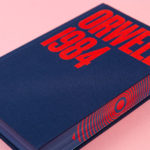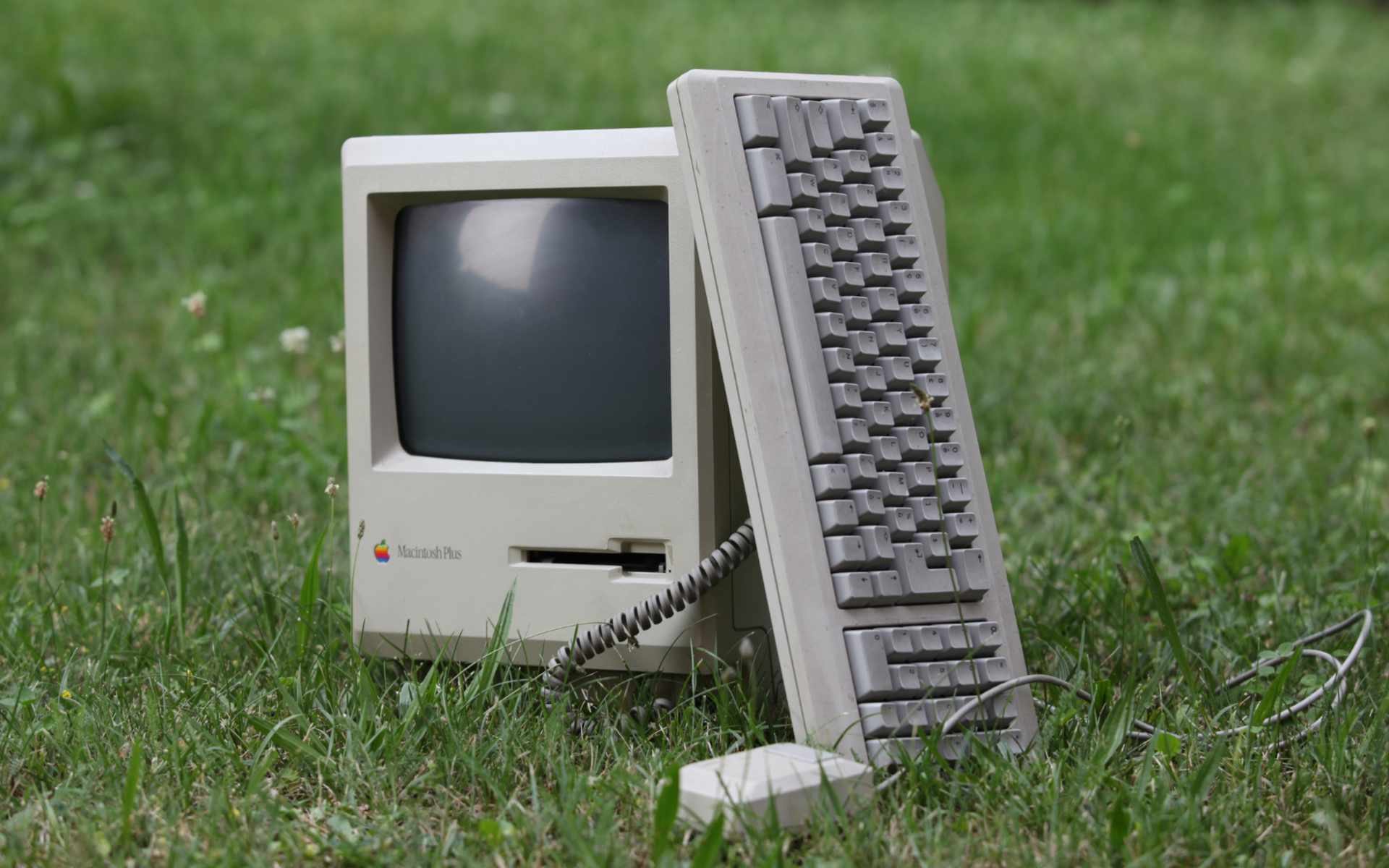
Ask someone “what was your first car?” and you are likely to get a steady stream of memories. And if left uninterrupted, the person will likely continue (”…and then I bought a…”) and eventually work their way to present by tracing the lineage of automobiles that have come into and out of their possession.
For me, a slight variation prompts a similar stream of reflection: What was your first Mac?
It is rather bizarre how much influence Apple Computer, Inc. has had on my life since I left my parent’s house for college. Although I have never worked for the company, Apple has played a larger role in my career than any of my previous employers. As a loyal consumer of their products, Mac computers have been a part of my daily activities for three decades. And so it was in the wake of Apple’s shift to the M1 processor—14 years after switching from PowerPC to Intel—I took time to document my personal ancestry of Apple computers…
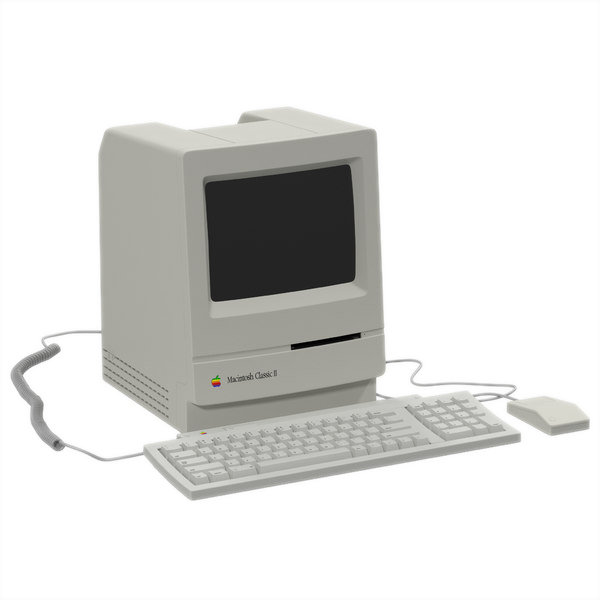
Macintosh Classic II
16MHz / 4MB RAM / 40MB HD
Acquired via Dating – September 1992
This was my girlfriend’s (now spouse) college computer; a 16-pound powerhouse featuring a black and white 9” monitor and running System 7. Since the campus’ “inter-visitation policy” did not allow the opposite sex in dormitories during weekdays, I took advantage of the portable all-in-one design whenever the college computer labs were full and moved it “temporarily” to my dorm room.
The only applications I remember running were Microsoft Word v5.1 and Mahjong Solitaire; if others were installed, I don’t think we ever used them. We held on to this treasure for more than 17 years—I intended to make it into a Macquarium at some point—but ultimately recycled it in 2010.
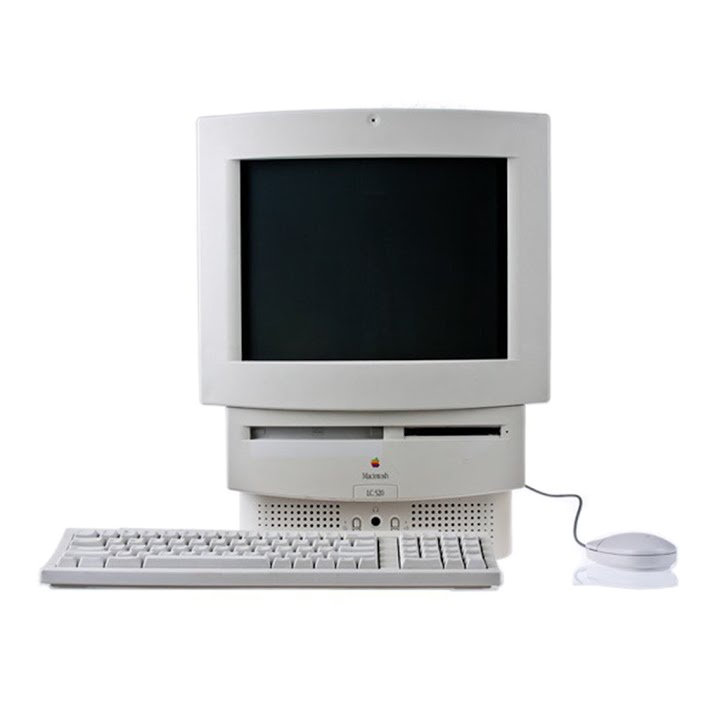
Macintosh Performa 560
33MHz / 16MB RAM / 160MB HD
Purchased New – September 1994
I bought my “first official” Mac prior to my junior year in college. I recall thinking the Apple Audio player was super cool because I could manually enter CD track names that would be recognized on subsequent inserts of the disc (i.e., local meta tagging). While interning at a film and video post-production studio in the summer of 1995, I worked on PowerMac 8100 100MHz and got spoiled by its speed while learning After Effects, Illustrator, Photoshop and Infini-D. I was furious when I discovered my Performa couldn’t run any of these applications because it lacked an FPU.
I sold it shortly after getting married in the Fall of 1996. I cannot remember how much I received, but my inclusion of a “Mario Teaches Typing” CD-ROM sealed the deal for the mother of three who purchased it.

UMAX SuperMac J700
180MHz / 64MB RAM / 2GB HD
Employer Issued – September 1997
After a year of selling video cameras and home theatre systems, followed by a short stint selling tires, I accepted a job with a reseller of Avid and Media100 nonlinear editing systems. The office was outfitted with an eclectic mix of Apple machines as well as some “clones”, such as the SuperMac J700 I was issued.
It was an interesting time to sell Mac hardware, with the emergence of clone manufacturers (Radius, Daystar, Power Computing, etc.) enabling smaller, regional Apple VARs to beef up margins by selling Apple alternatives. Graphic design firms, publishing houses and advertising agencies that had neglected or put off upgrading Macs, were suddenly rewarded with numerous, lesser expensive options that in many cases were faster than Apple’s current offering.
Steve Jobs eventually killed the clone manufacturers by leveraging a clause in the licensing agreement that specified it only applied to System 7. Jobs renamed the next OS release ‘Mac OS 8’ (instead of the intended ‘Mac OS 7.7’) and none of the clone makers agreed to the more costly licensing terms that would have allowed them to offer it.
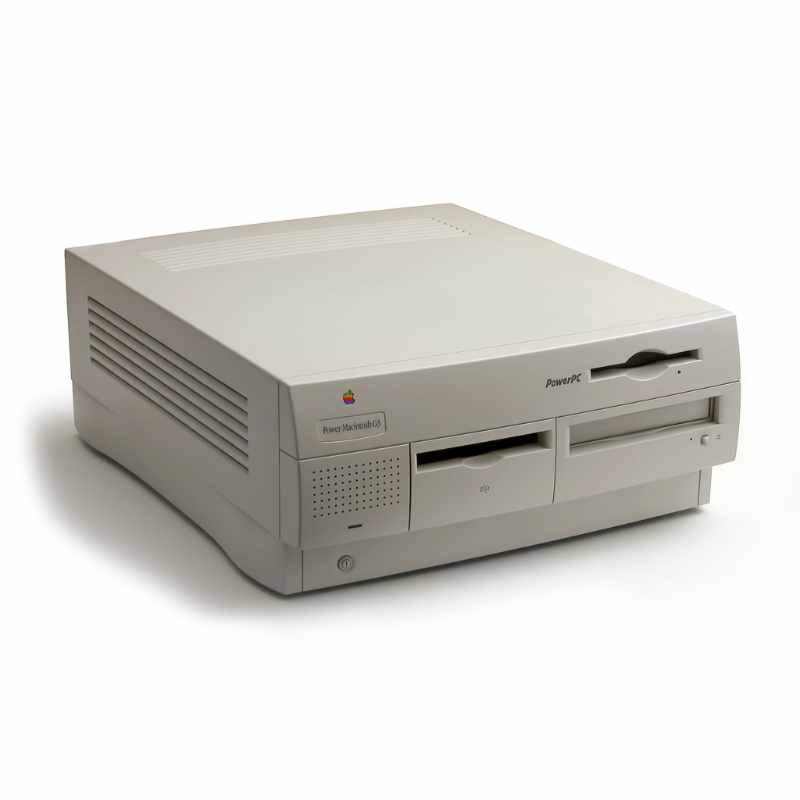
PowerMac G3 Desktop
266MHz / 192MB RAM / 6GB HD
Purchased New – May 1998
The Internet was in full swing and I was trying to learn HTML on the side. After being without a Mac computer of my own for almost two years, I persuaded my wife to take out a home equity loan and purchase this machine at a discount through my employer.
I installed a Pinnacle DC30+ video card coupled with a 36GB UW SCSI RAID and ran Adobe Premiere v4.2 to achieve “real-time” video editing. For about $3,500 I had assembled a machine more powerful and capable than the $50,000 Quadra-based Avid offline system I used during my internship less than three years earlier.
That is when I realized if you aren’t making money with your Mac, there is little justification to buy new, top-of-the line Apple; the depreciation is downright devastating and depressing. Accordingly, I have not purchased a brand-new-in-the-box Mac since.
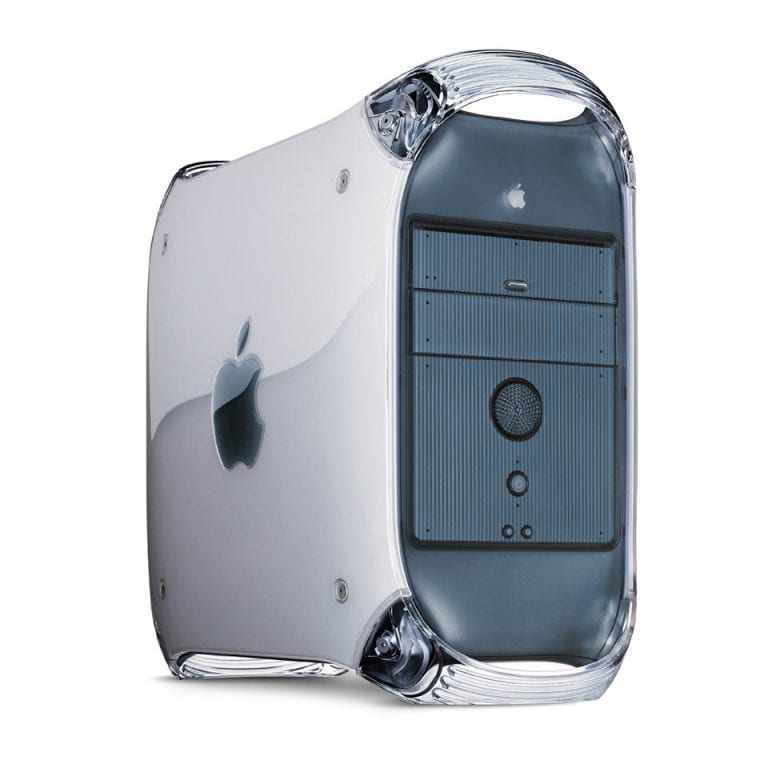
PowerMac G4 AGP
500MHz / 1GB RAM / 3 x 27GB HD
Purchased Used – July 2000
My employer at the time was a mail-order catalog reseller of graphic design hardware and software (think really small version of MacWarehouse or CDW). Six months after being acquired by an aspiring .com (think of a flawed version Newegg), my boss promoted me and promised a raise, then resigned the following week without ever filing paperwork with HR. Three months later, with the company on the verge of bankruptcy, I was laid off.
On my last day, my interim supervisor offered an alternate form of compensation to ease the pain: a custom configured, open-box PowerMac G4. Valued at over $4,000, I bought it for $500. For an additional $100, I picked up full versions of every Adobe and Macromedia application you could imagine. Considering my stock options were worthless, I felt it was a fair deal.

iMac G3 DV SE
500MHz / 500MB RAM / 30GB HD
Employer Issued – October 2000
I accepted a position as General Manager for a small, custom metal fabrication shop that ran Macs throughout its office. Over the course of three years, I sucked every ounce of productivity possible from this iMac. In addition to MYOB and Microsoft Office apps, I used Infini-D (which eventually became Carrara) to develop 3D models, and leveraged Photoshop, Illustrator and After Effects to create marketing materials and multimedia content.
Amazing when you consider it all took place on a 15″ 1024 x 768 CRT.
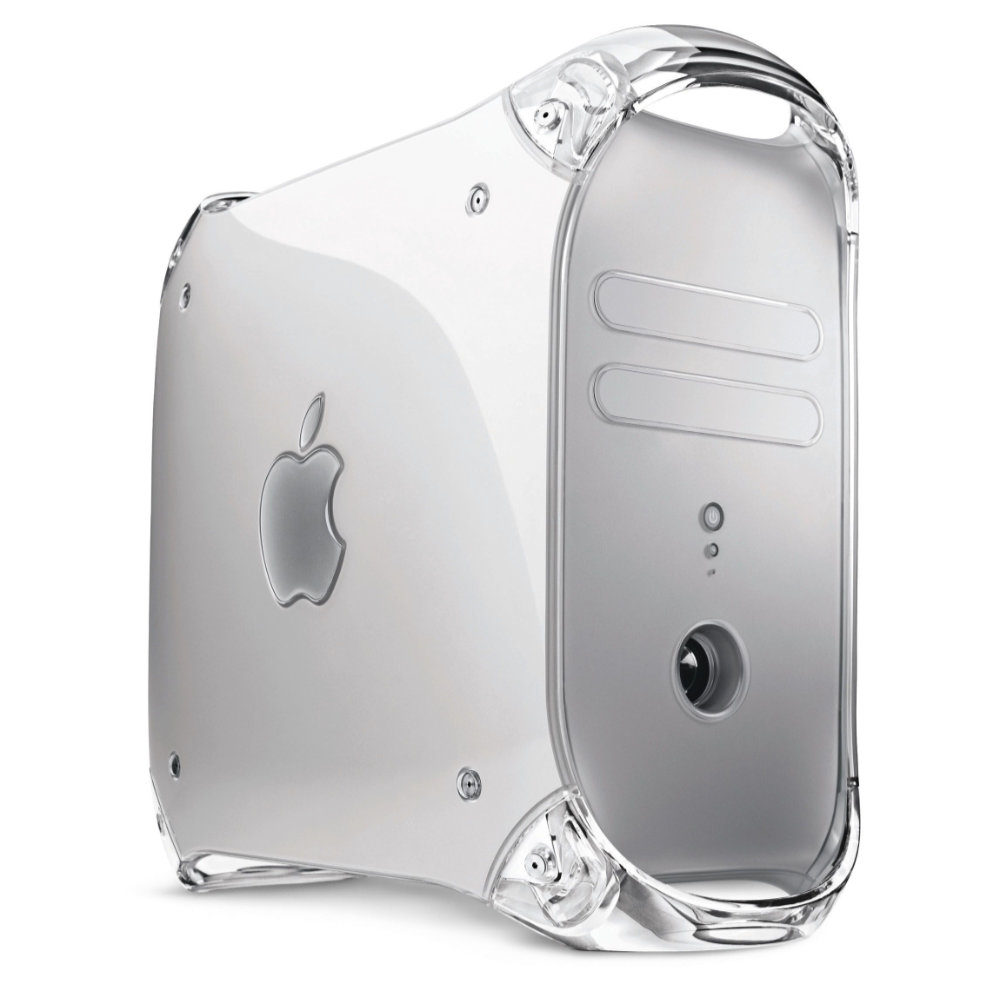
PowerMac G4 QuickSilver
Dual 1GHz / 1GB RAM / 80GB + 27GB HD
Purchased Refurb – July 2002
I had been doing lots of photo montage videos for weddings on the side and had an idea for a new business. To generate some “seed money”, I started “flipping” Apple G3 PowerBooks via ebay. It involved buying a used laptop, stripping it down and selling the parts, then rebuilding it with upgraded components (bigger hard drive, more RAM, DVD combo drive, etc.). I moved 40+ laptops over the course of 14 months and used the profits to buy an assortment of new equipment, including this faster G4. Ultimately the business idea never developed beyond a six-page word document.
After two years of rock-solid service, this machine greeted me one day with a kernel panic that it never recovered from. I tried replacing the motherboard, but ultimately determined one of the CPUs was bad. I sold it “AS IS” via eBay to a gentlemen in New Hampshire. After the box got left outside in the rain on the guy’s front step (without approval or signature), UPS cut him a check for the replacement value but never collected the Mac. He sent me an email two months later boasting about how he got it repaired and pocketed an extra $500.
I considered replying with a virus attachment, but ultimately chickened out.
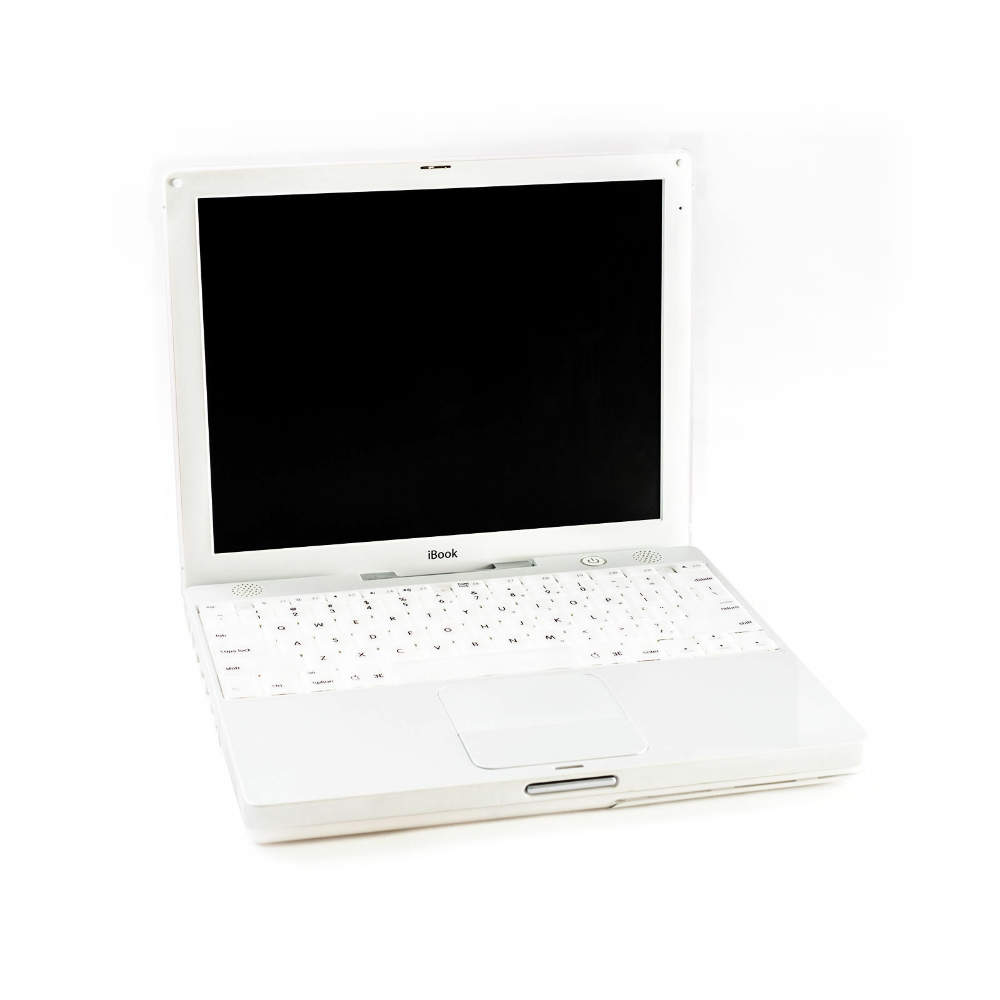
iBook G3 White
500MHz Dual USB / 512MB / 10GB HD
Purchased Used – November 2002
After two years as General Manager for the custom fabrication shop, I realized a number of deficiencies in my business acumen. So I decided to go back to school and get my MBA, which prompted the purchase of this white laptop. Although I could claim temporary ownership of more than 40 different G3 Pismo and Lombard units in the previous year, I considered this my first “official” laptop. It also pushed me into the “multiple Mac household” category. Out of pure habit, I loaded this thing with all sorts of applications, but rarely used anything other than Mail, iLife and the Microsoft Office Suite.
I sold it two and a half years later for $100 less than I bought it; God bless eBay.
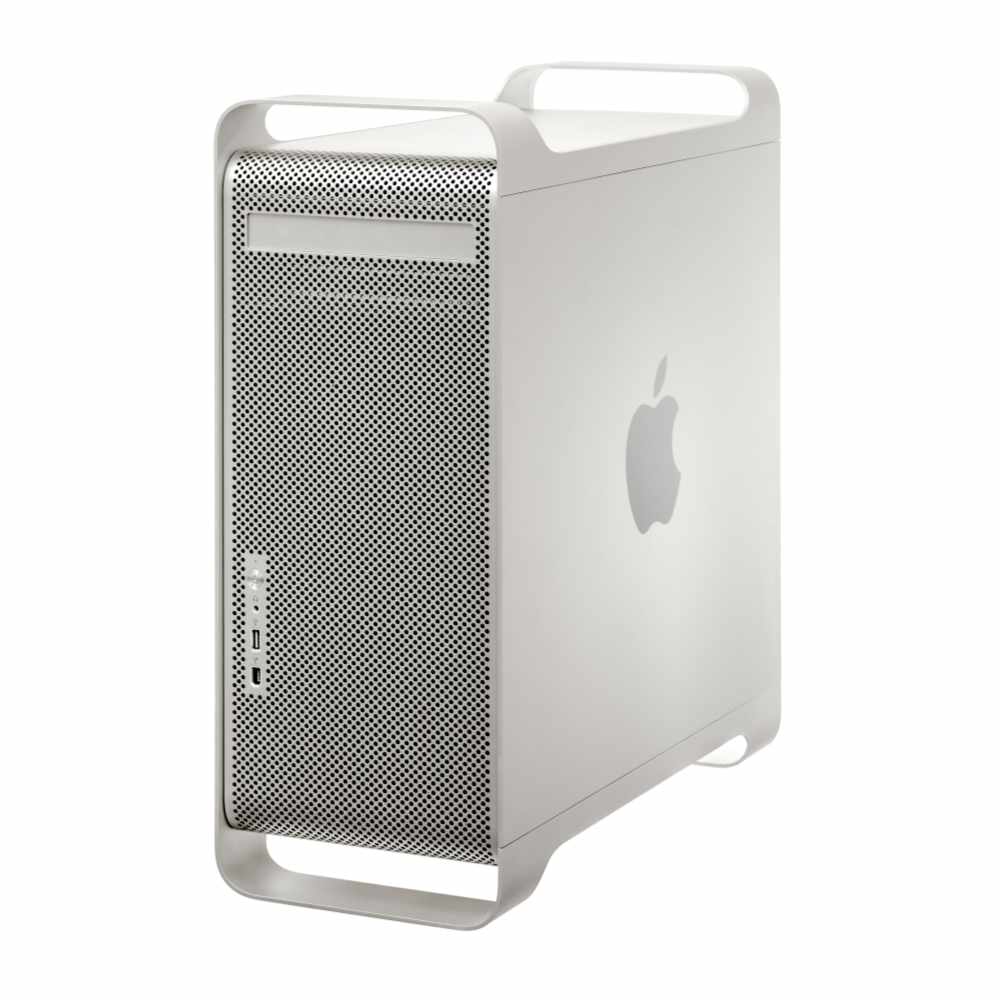
PowerMac G5
1.6GHz / 2GB RAM / 2 x 80GB HD
Purchased Refurb – August 2004
I picked up this machine as a refurb after the death of my G4 Dual 1GHz (see above). While it was technically an upgrade in speed, going from a dual processor to a single felt like moving from a house to a condominium. Even so, I never really tapped the potential of this machine—I had abandoned my idea for a multimedia archiving business and the birth of our first and second children took away most of my free time.
Had I known at the time Apple had no plans to change the case design for the next six years, I might have held onto it longer. I still think it is one of the coolest looking Macs ever made.
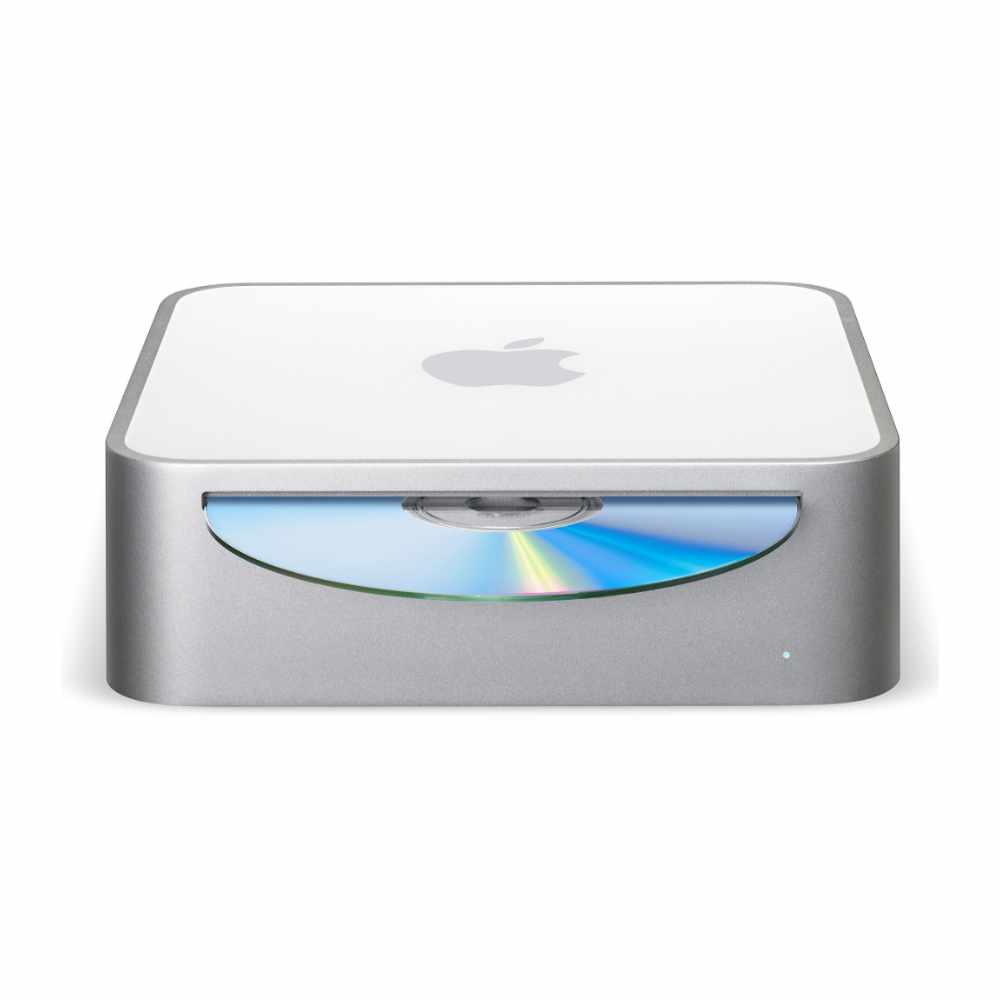
Mac mini G4
1.25GHz / 1GB RAM / 80GB HD
Purchased Used – January 2006
In an effort to enable viewing of our home video archives and digital photo collection, I purchased this Mac mini for the foundation of a Mac OS based HTPC. While I succeeded in getting everything set up, we never used the system as I had envisioned. In addition, Front Row was in its infancy and I never fell in love with any of the alternative options.
After a year of sporadic use, I decided to sell it on eBay. About the same time, we stumbled onto a house we loved and decided to move across town. So I zeroed out the hard drive and packed it up with the intention of listing it once our move was completed. Four days after closing, my wife went into the hospital with pregnancy complications and subsequently was confined to strict bedrest. I pulled the mini out of the box and set it up in the bedroom. For the next five months, it helped keep her connected to the outside world.
Shortly after the birth of our third child, I sold it for $50 less than what I originally paid two years earlier via my favorite liquidation channel: eBay.
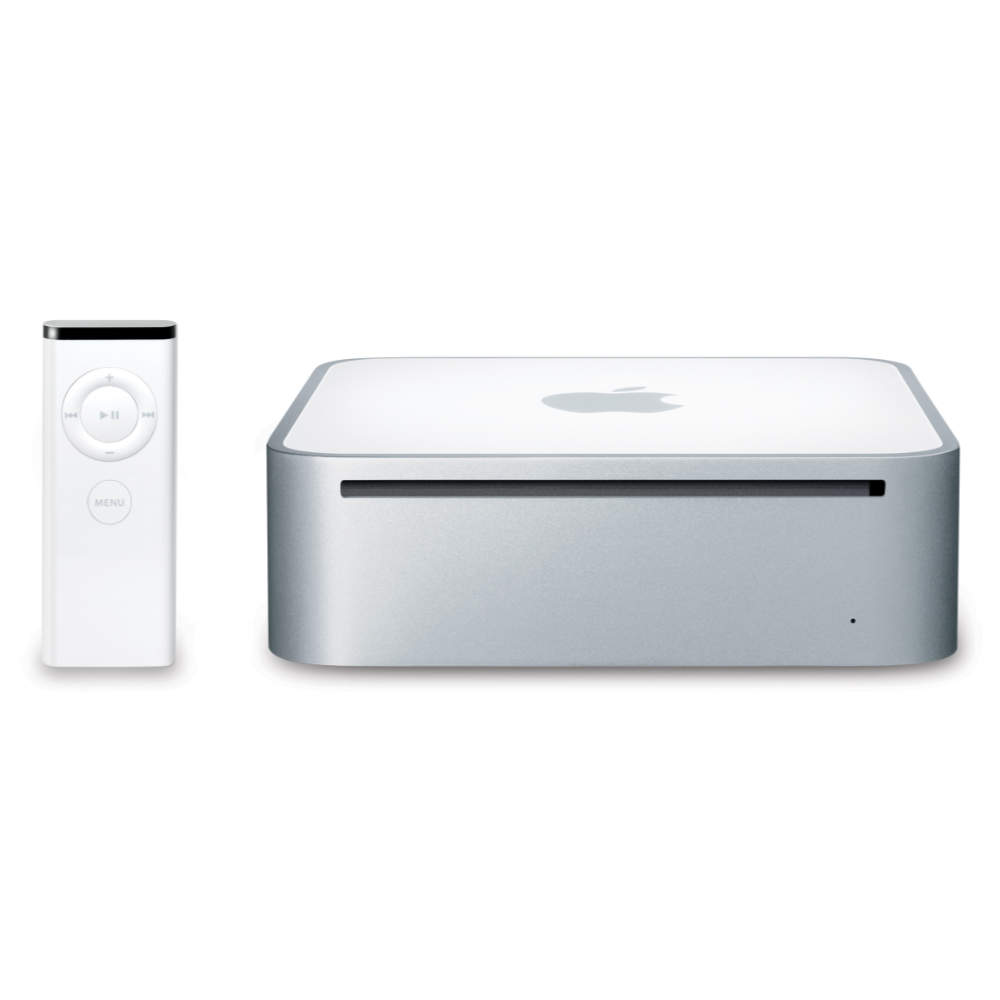
Mac mini Intel Core Duo
1.83GHz / 1GB RAM / 160GB HD
Purchased Refurb – September 2007
I had stopped doing video production work on the side and my computing needs largely consisted of Internet, email, iLife and MS Office. Thus I decided to downsize from the aluminum G5 tower to something quieter with a smaller desktop footprint.
The Mac mini form factor is a ‘tweener’, much like a 6′-6″ NBA power forward; in the right conditions, it can be very productive, but all too often you find yourself reminded of what it lacks. As a result, the Mac mini developed a “love/hate” consumer following over the first few years of its release. But I’ve always been in the ‘love’ category. It is simply amazing how much punch is packed into the little case.
Granted, there were shortcomings (initially no dual monitor support, limited RAM expansion, no secondary hard drive, etc.), but these were shared by the iMac form factor as well. Overall the Mac mini proved a powerful option for mid-level Mac users who intended to pair it with third party accessories (monitor, mouse, keyboard, etc.). I had no complaints with my first full-time mini and it ran great for 2+ years until the reading of a LifeHacker article (see below) prompted its sale in March 2010.
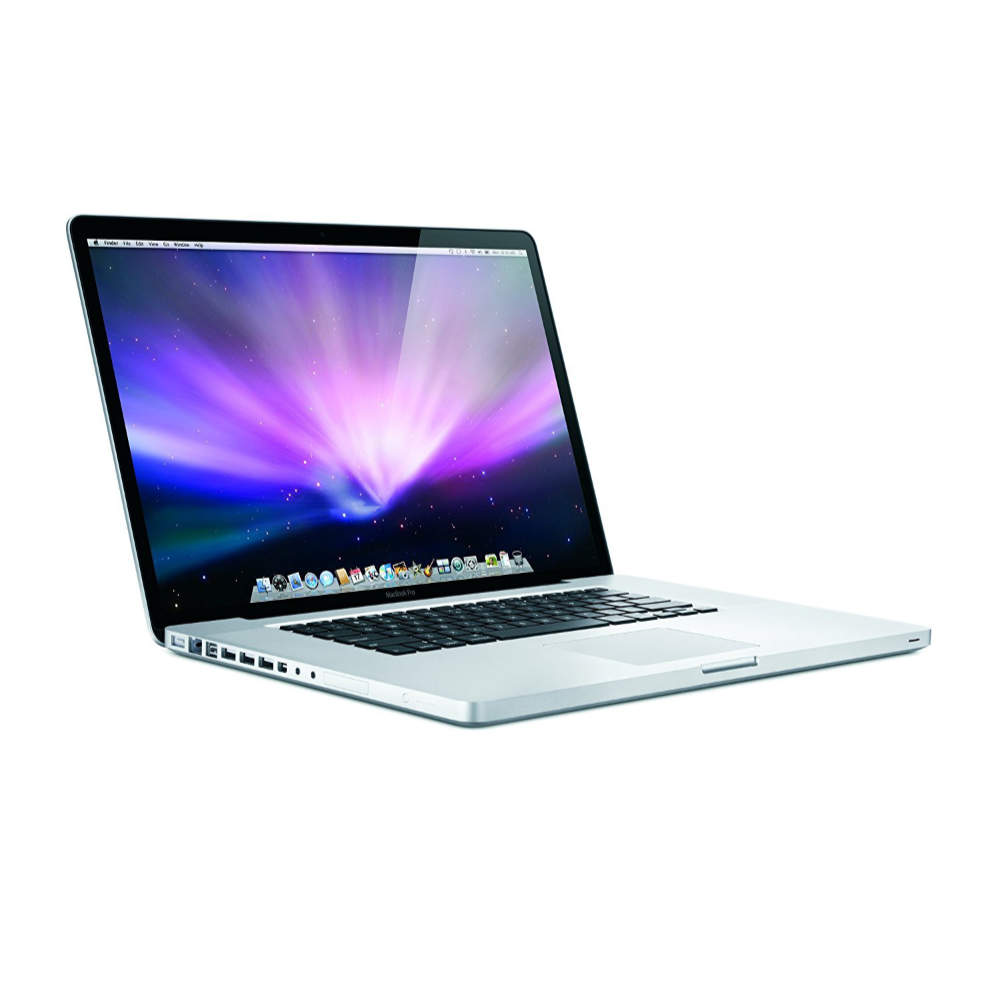
MacBook Pro Intel Core 2 Duo
2.2GHz / 2GB RAM / 160GB HD / 15" LCD
Purchased Used – Fall 2009
The birth of child number three six months after the move across town to our Lake Elmo house meant I no longer could commandeer one of the bedrooms for my home office. But the unfinished basement with bare concrete floor, cinder-block walls, a single electrical outlet and a single light bulb ceiling fixture was something I could claim as all mine.
I crafted a standup desk out of 2x4s and hollow-core, flat-panel closet doors from our previous house. A carpet remnant obtained from Goodwill provided some cushioning and where was no heat beyond what the furnace leaked out of a single vent 25 feet away. In the summer it was even colder due to the below grade location and a few broken AC ventilation dampers. I was periodically reminded of my wife’s love of cats since the litter box was conveniently located next to my work area AND we eventually learned the radon levels were above EPA standards.
Given the considerable amount of time I was spending downstairs (completely understandable due to the luxurious conditions), my wife and kids had limited access to email and Internet. Recognizing the sacrifices and third-world conditions I was forcing them to endure prompted us to purchase this laptop via—where else?—eBay. It served them well for nearly five years.
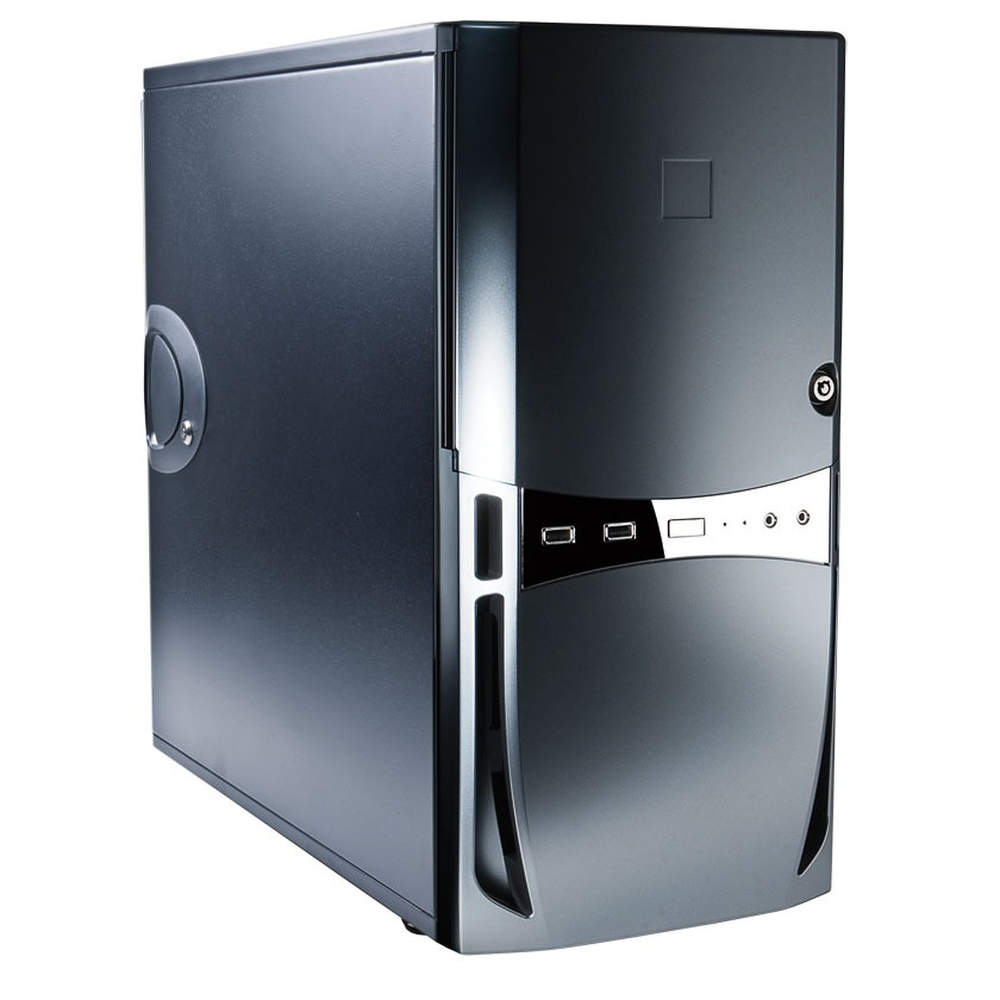
Hackintosh Xeon Quad Core
3.1GHz / 8GB RAM / 2TB HD
Custom Built – Fall 2009
I dusted off my motion graphics and video production skills for a side project and eventually convinced myself of the need for a faster, more robust Mac. Shortly thereafter I encountered Adam Pash’s LifeHacker article with instructions for building a Snow Leopard capable “Hackintosh”; essentially a custom PC running a non-Apple authorized version of Mac OS X.
It was not for the faint of heart, as it amounted to putting yourself on an island and building a one-of-a-kind Mac system for your specific needs. There were serious upgrade limitations, no dedicated technical support from Apple and resale as computer was almost impossible. The only upside was a really fast Mac for one-third the cost. After a month of research I made the leap the dark side and ordered up my components. At the time, a comparably equipped Apple Mac Pro sold for around $3,500 via the AppleStore. I was able to get everything needed via Newegg.com for $1,100.
The build and subsequent installation of software went fairly smooth and I was initially pleased with the performance, although I never really pushed it to its limits from a processing standpoint. Over time I grew tired of the inability to upgrade without trial and error. It was broken down and sold off as parts two and half years later.
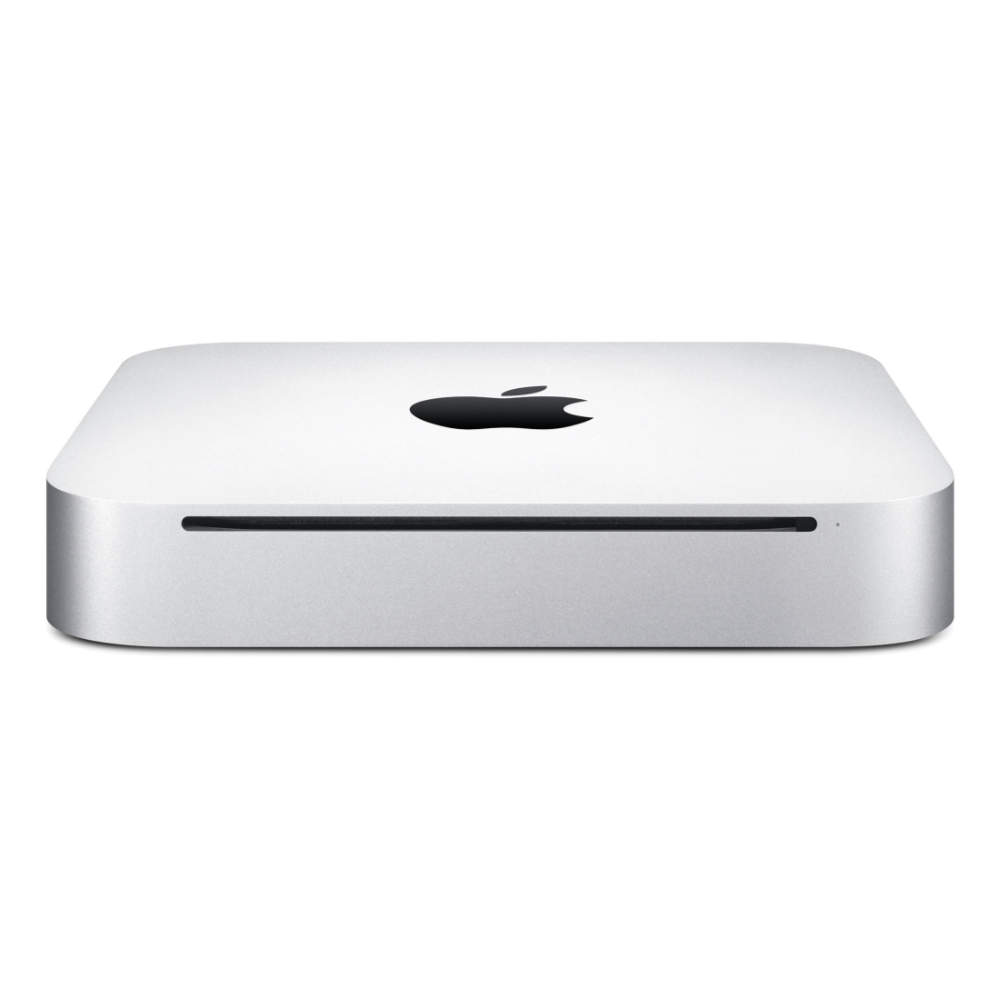
Mac mini Core 2 Duo (2010)
2.66GHz / 8GB RAM / 500GB HD
Purchased Refurb - December 2011
Apple released the third generation Mac mini in 2010 with a thinner unibody aluminum case, internal power supply and—most importantly—support for dual monitors via the addition of a HDMI port. That made it viable to switch from the Hackintosh and I pulled the trigger once refurbs became available at a reasonable price. I purchased a couple of NewerTech miniStack external drive enclosures to house the Hackintosh Seagate media drives and connected them via FIreWire. This unit ran flawlessly for four years.
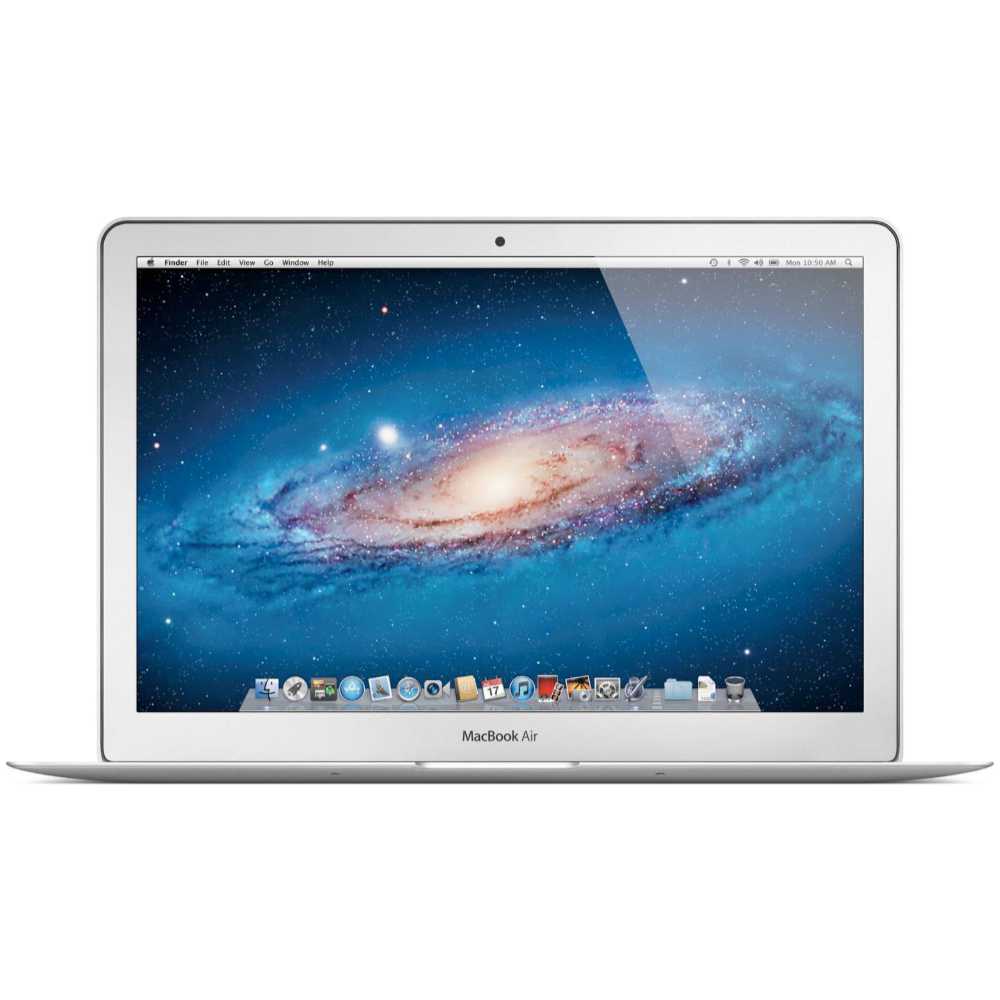
MacBook Air 13” Core i5 (2011)
i5 1.6GHz / 4GB RAM / 128GB SSD
Employer Issued - February 2012
For the first six years at Grainger I was issued IBM “stinkpads” running various iterations of Windows. They were big, bulky and heavy. Plus the AC adapter was huge with ridiculously long cord and three-prong plug. I lugged it around in a huge briefcase style bag with a retractable shoulder strap (which was the only thing I liked about the whole setup).
Then in early 2012 I was partnered up with a fellow Mac lover for a sales tool development project and within a few weeks he had procured each of us a new MacBook Air with Parallels to simultaneously run dual OSes. My corporate steward mindset thought the upgrade was unnecessary, but I’m thankful my initial objections were ignored. I loved the slim profile and lightweight chassis; it was a laptop I actually could set on my lap. I paired it with a 1TB external USB drive, Microsoft ArcTouch wireless mouse and a slim profile third-party AC adapter then packed it all in a really nice Waterfield sling bag. The whole setup was so light there were times I forgot it was on my shoulder.
The only downside to all of it was being isolated from Windows-focused corporate technical support—much like the Hackintosh island from years prior. Nonetheless, it was my everyday workhorse computer until I was forced to switch to a Windows-running HP EliteBook a few years later.
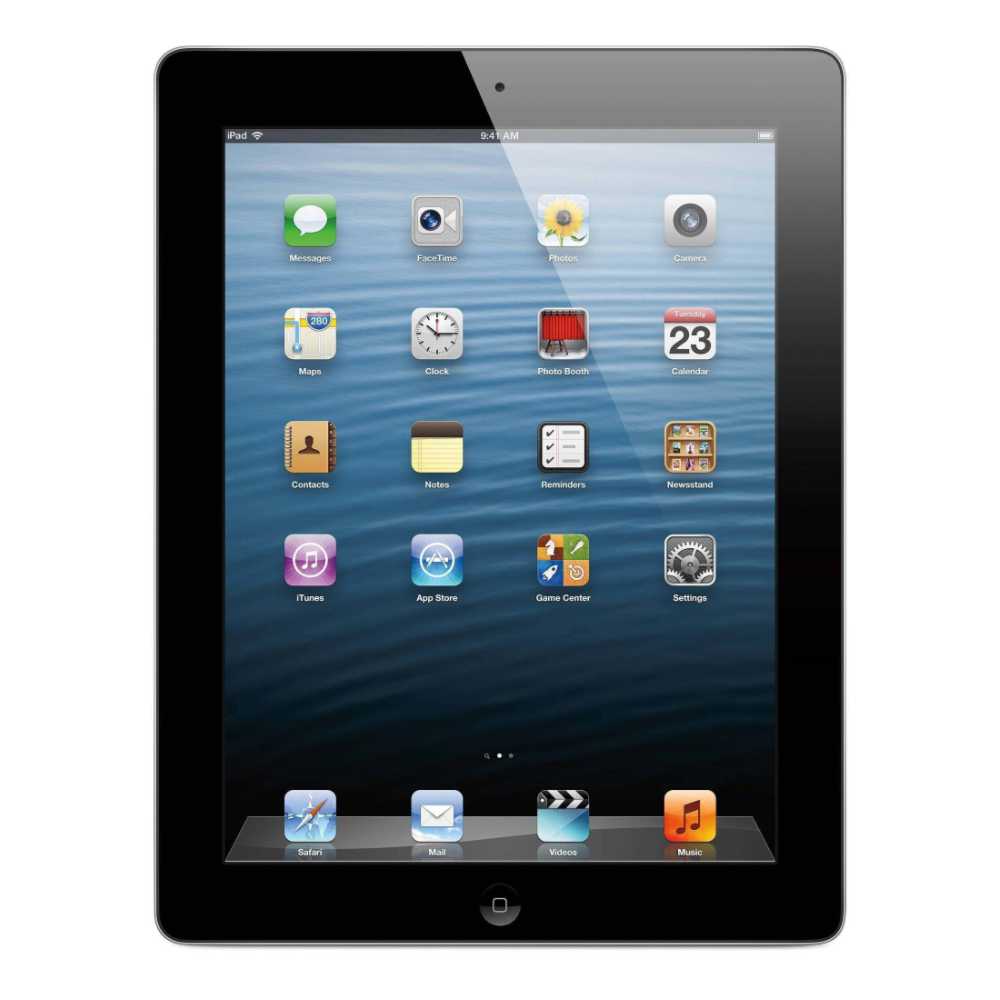
iPad 4th Gen 9.7” (Wi-Fi)
1.4GHz A6 / 1GB RAM / 32GB
Purchased New - December 2012
The iPad was introduced in January 2010 and my in-laws—who at best would be considered “laggards” on the computer adoption curve—purchased one brand new from Sam’s Club in July 2012. Thus it was inevitable that I buy one as a Christmas gift for Kristin less than six months later.
I made the kids—at the time ages 9, 7 and 4—come with me to the Apple Store at the Mall of America to purchase the tablet and then gift wrap it as a group once we got home. It eventually became her primary device for email, internet and everything else, which relegated the MacBook Pro to sit idle on the dining room table.
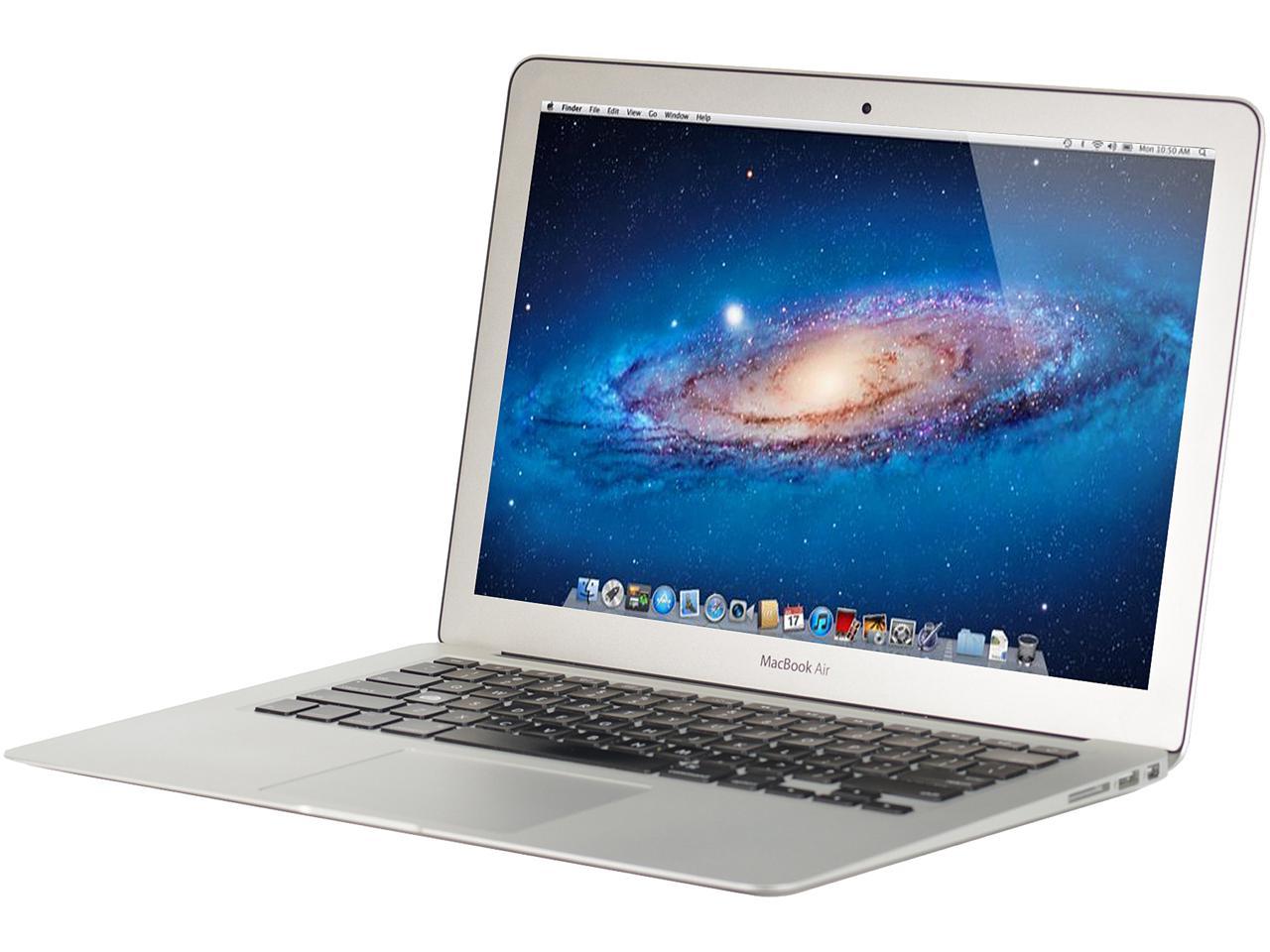
MacBook Air 13” Core i7 (2011)
i7 1.7GHz / 4GB RAM / 256GB SSD
Purchased Used - November 2013
Our oldest had just started fourth grade in the Fall and the MacBook Pro that had sat largely dormant since acquisition of the iPad suddenly was needed to perform for a few school projects. I stupidly upgraded the OS to 10.9 “Mavericks”—which required minimum 2GB RAM to operate—and converted the MBP into computing sloth.
Given my experience with the Grainger-issued MBA, I decided it would “be foolish” to not upgrade to a newer machine and I ended up buying the exact same model but with in a faster configuration (1.7 i7 vs 1.3 i5). I wiped the MBP clean, rolled it back to an earlier version of Mac OS X (i.e., Snow Leopard or Lion) and then sold it locally via Craigslist.
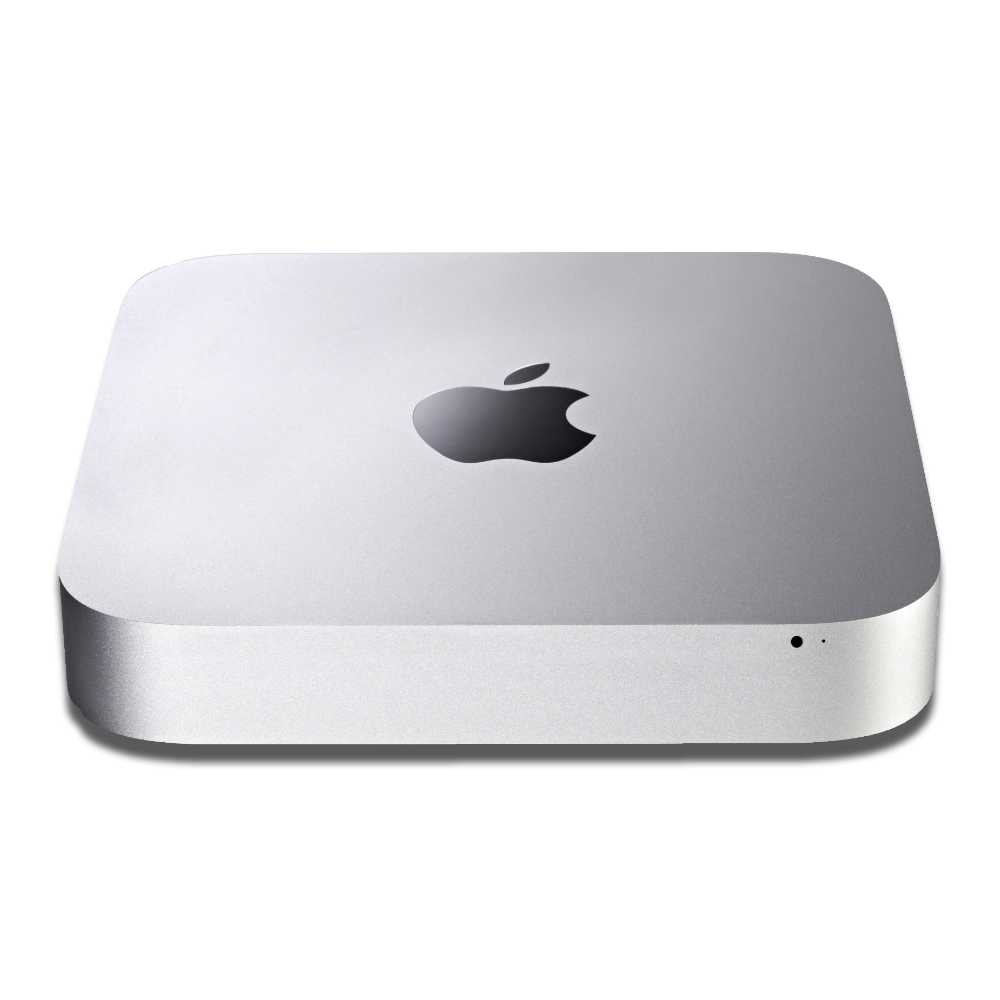
Mac mini Core i7 (Late 2012)
2.3GHZ / 8GB RAM / 1TB HD
Purchased Used - September 2015
We renovated our house and finished the basement in the first half of 2015, which meant I had to pack up my “posh” office and temporarily work out of our sunroom for a few months. But the inconvenience was worth the ultimate payoff: a fully furnished office with real sheetrock on the walls and ceiling, fully installed carpet and a blank slate for a permanent stand up desk. Utilizing Ikea parts and pieces I designed my ultimate workstation and upgraded my computer as well.
Although I was buying a three year old Mac mini, that was only two years newer than my previous model, it was a significant performance boost. In terms of GeekBench performance, the i7 was 2x faster in single-core operations and 4x faster in multi-core. I purchased it via Craigslist as a bundle with monitor for $850, but ultimately coupled it with a LG 34UM95-P 34” 2K LCD and also upgraded the internal drive with a Samsung 850 EVO 500GB SATA SSD. The NewerTech miniStacks stayed as well, but switched to a USB 3.0 connection.
Apple made minimal changes to the Mac mini in terms of processing power for the next five years, which provided little incentive or reason to upgrade.
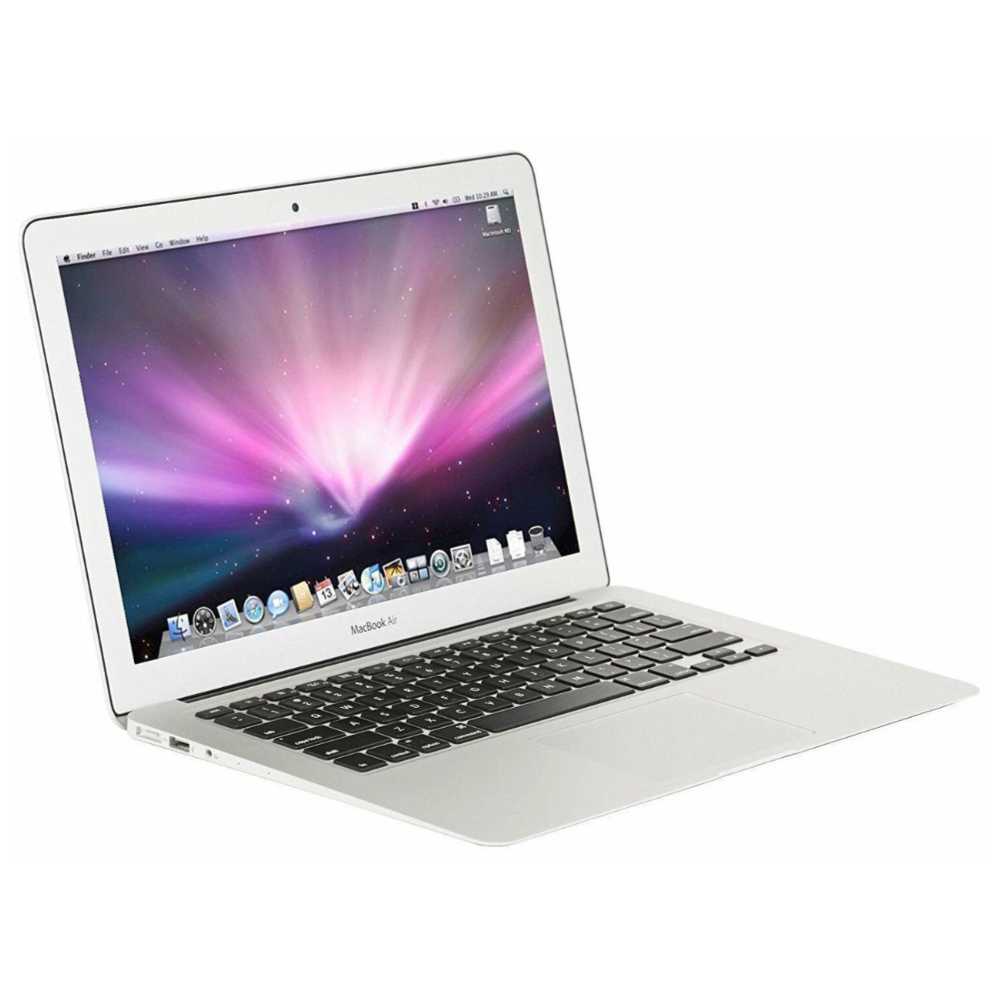
MacBook Air 13” Core i7 (2013)
1.7GHz i7 / 8GB RAM / 256GB SSD
Purchased Used / Liquid Damage - August 2016
Our oldest was starting 7th grade and we decided it was the right time for her to have her own laptop and avoid potential conflicts and usage demands with the younger kids. While searching for a used MBA on eBay I stumbled upon a unit being sold ridiculously cheap from a reputable seller under a BuyItNow option with the disclaimer “AS IS / FOR PARTS”. The description noted it would not power up and likely had liquid damage.
After some research via iFixit.com and watching a few YouTube videos I convinced myself it was most likely a bad keyboard that I could easily replace. I ended up having to replace the keyboard twice (damaged the backlight on the first one) but ultimately got the laptop up and running.
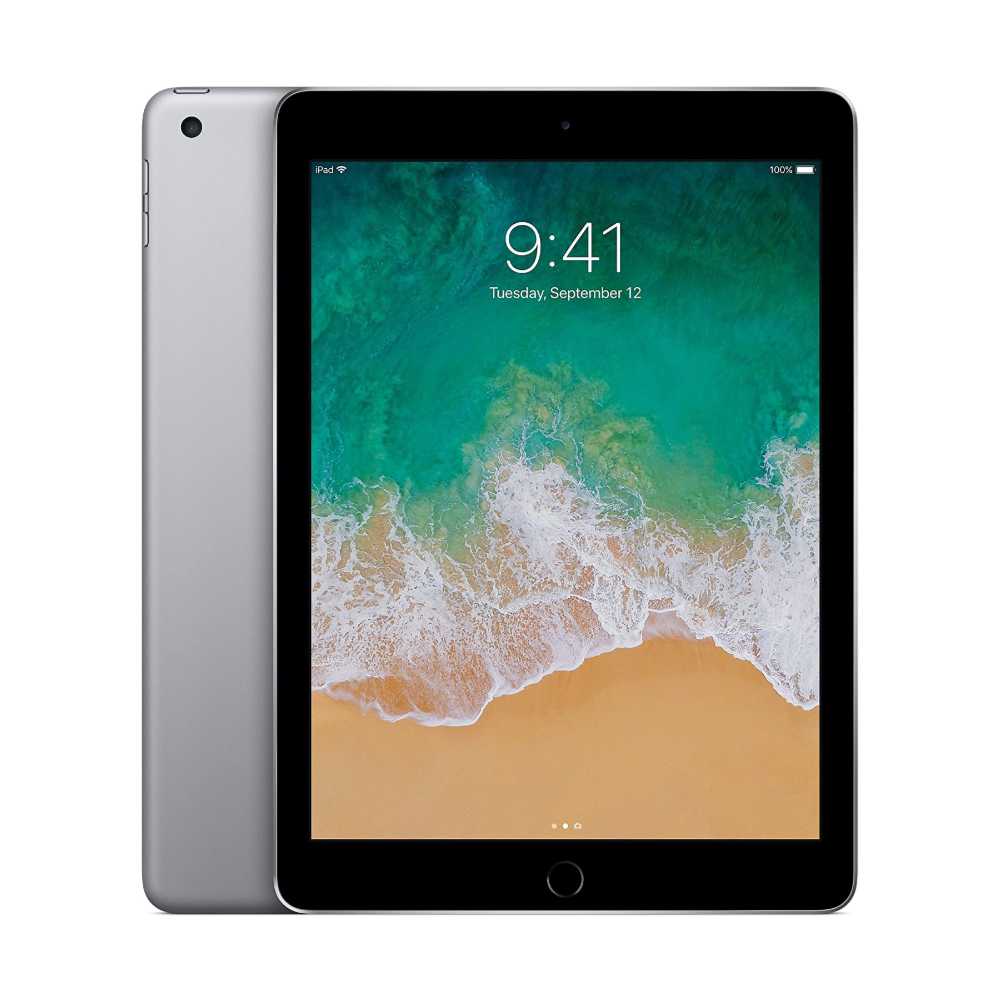
iPad 5th Gen 9.7” (Wi-Fi)
1.8GHz A9 / 2GB RAM / 128GB SSD
Purchased Refurb - March 2018
Our first iPad performed extremely well but after five years it was starting to struggle with the demands of newer apps and video streaming. Apple announced the 6th generation iPad in March 2018, and we took advantage of the subsequent price drop on remaining 5th generation models and bought a refurbished unit to save even more money. After selling off the old 4th generation unit via eBay our total cost to upgrade was less than $200.
Kristin would resume using the iPad as her main device but it also became the number one used device of our youngest as he made his way through 32 seasons of The Simpsons.
A ton of A1446 MacBook Airs
i5 & i7 / 4GB or 8GB RAM / 128GB, 256GB or 512GB SSD
Acquired for MooBack Laptops - September 2016 to October 2018
The process of buying and repairing a MBA for my daughter sent me back down the “laptop reseller” business path. The simple design of the MBA—its assembly consists of 15 parts, of which only three typically fail—make it an incredibly easy unit to breakdown, diagnose and repair. Thus I spent the next two and half years buying damaged and broken MacBook Air laptops and resurrecting them to sell online. I branded my eBay store “MooBack Laptops”, deriving the name from a simple scramble of MacBook (i.e., swap “ac” with “oo”).
When I finally grew tired and bored of the whole thing I had sold more than 100 units and grossed over $75K in revenue. What made it profitable was Apple’s lack of change to the MBA; aside from the logic board and SSD all other parts were interchangeable between 2013 to 2017 modeI years. That meant I could buy a 2016 unit with a good logic board but bad display and then repair it with parts from an older 2013 unit. It was “refurbishing arbitrage” made possible by Apple’s reluctance to update the design.
But when Apple announced in March 2018 an updated MBA with a Retina display at the same sub-$1,000 price point, I knew it was time to get out and liquidate my remaining inventory.
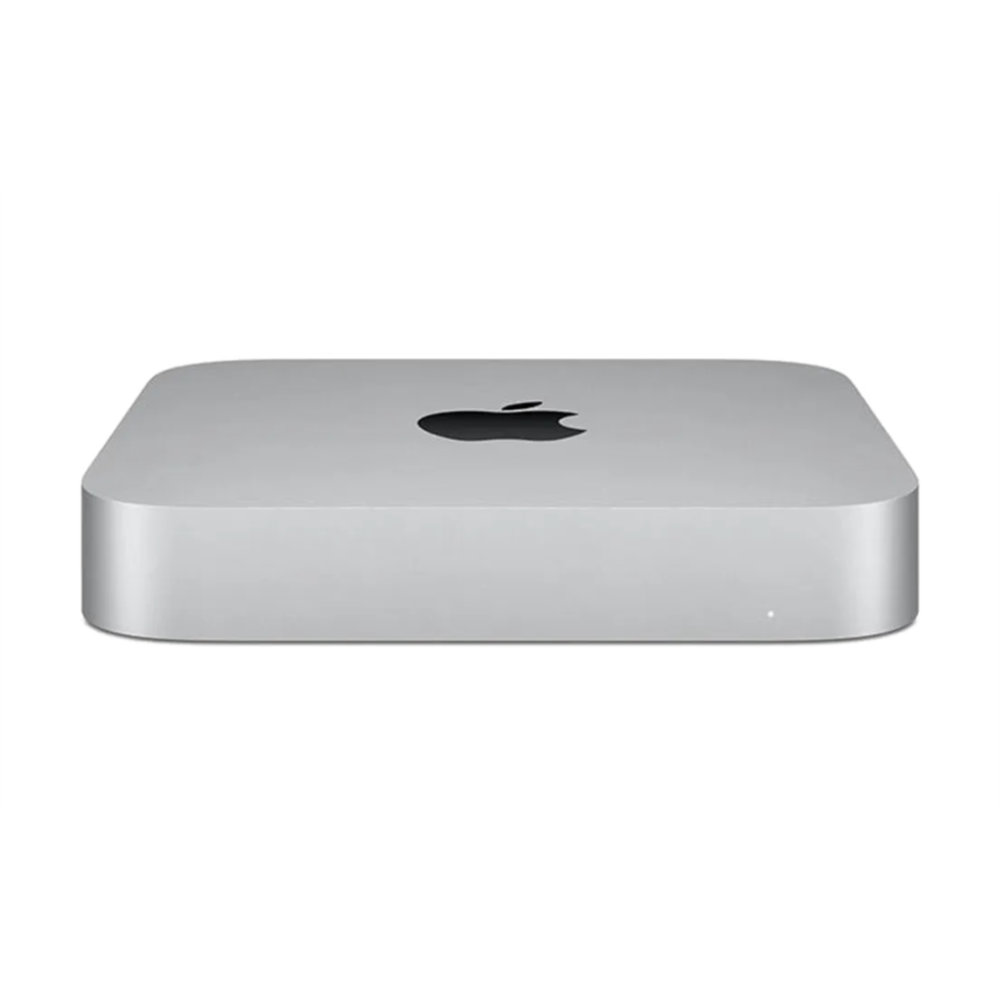
M1 Mac mini
3.22GHz / 8GB RAM / 500GB SSD
Purchased Refurb - March 2021
With the introduction of the M1 “system on a chip” In November 2020 Apple changed its Macintosh CPU platform for only the fourth time in the history of the company:
- 1984-1996 = Motorola 68k
- 1995-2006 = PowerPC
- 2006-2020 = Intel
- 2020-TBD = Apple Silicon
Meanwhile my trusted Mac mini was over eight years old and capped at MacOS X v10.15 (Catalina); any desire to take advantage of macOS 11 “Big Sur” and beyond required an upgrade. So I patiently waited for refurbished M1 Mac minis to become available via the Apple Store and then made my purchase a few months later.
The performance bump was ridiculous and it has proven to be the most stable Mac I have owned.
